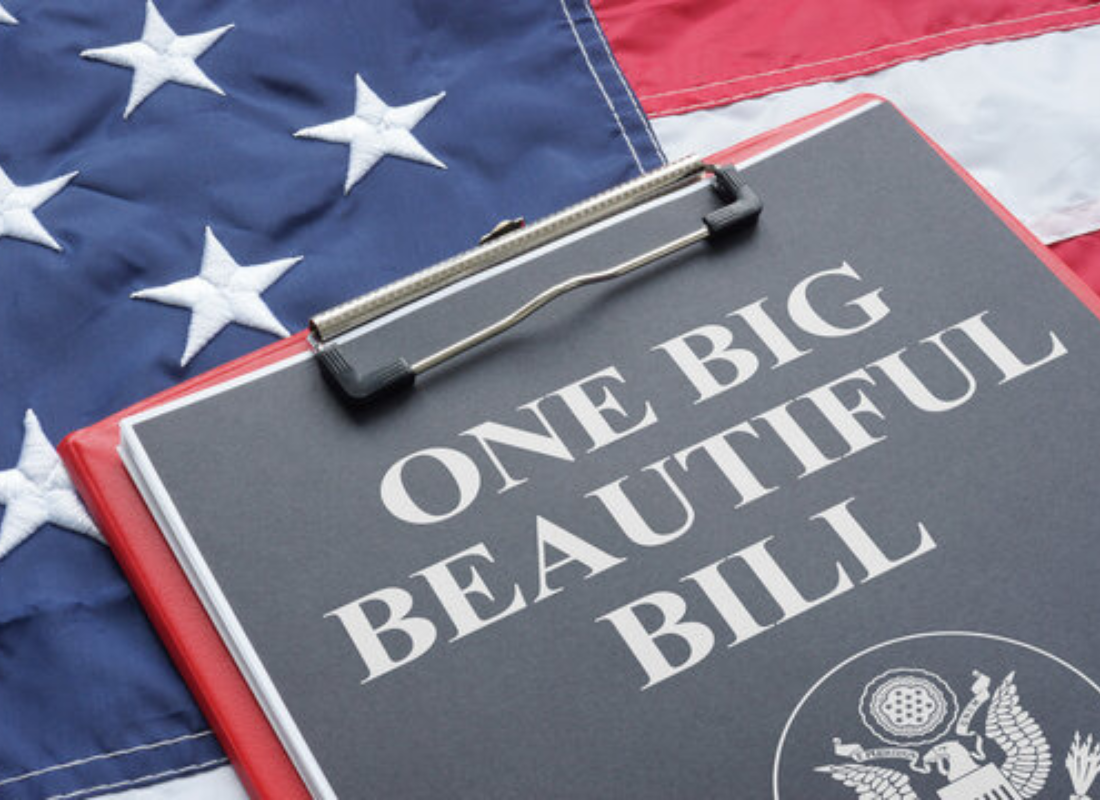Getting to YES! Raising Money During COVID-19
Originally published on December 10, 2020
Updated on December 18th, 2024
It’s never easy to ask for donations. And in the middle of a pandemic that impacts nearly everyone, it’s downright daunting. How can we ask others to give when they’re likely facing hardship themselves? That’s the conundrum for nonprofits across the country—and one Alyce Lee Stansbury addressed at our recent virtual event for the Strategic Nonprofit Alliance Partnership (SNAP).
A Certified Fundraising Executive, Stansbury presented Getting to Yes! Raising Money During COVID-19 as part of our Strategic Nonprofit Alliance Partnership series of events. She’s the founder and president of Stansbury Consulting, a fundraising firm that helps nonprofits and community leaders get the most out of their fundraising efforts.
Stansbury reassured attendees that even during these trying times, people and organizations are willing and able to give. They key is refining your message to reach and encourage those most likely to give.
Your Mission is Important
In their efforts to be sensitive to what others are going through, many nonprofits have scaled back on solicitations. In fact, when Stansbury surveyed the audience, she learned that 44% of attendees weren’t doing any asking. Still more had reduced the work they normally do in this vein.
However, the fact remains that you still fill a critical need. That didn’t go away when the pandemic hit (and in some cases, it’s a higher need than ever).
Stansbury cited a quote from Bloomerang CEO Steven Shattuck: “There’s no such thing as a non-COVID essential charity.” So when nonprofits wonder whether they should keep asking for donations, “my answer is an unequivocal yes,” she said. “Yes. Your mission is important. What you do matters, otherwise you wouldn’t exist.”
The fact is donors will still support nonprofits during a crisis if they know and trust you. So how do you determine who to ask?
Know Thy Donor
Stansbury suggests you start by simply thinking about your relationships with existing donors, potential donors and other contacts. Consider those you truly think you’d like to ask for donations because they appreciate and value what you do. Then focus on each individually, ask yourself the following questions about them, and write down the answers:
- What is the first name of their spouse or significant other?
- Where did they go on their last vacation?
- What are their hobbies?
- What is their favorite food or drink?
Stansbury calls this the relationship quiz. Your answers can indicate how well you’ve been building these connections—and that’s a predictor in how likely people are to give.
“Fundraising is a relationship business,” she said. “It always has been. And I think now more than ever, you need to know the people that you are cultivating this relationship with.” Being able to answer to these questions, said Stansbury, is part of realizing how well you actually know these contacts.
From that point, have discussions to gauge why these people give (or might give) to your organization and why your cause is important to them. Your relationship with them is based at least in part on their interest in your mission. So ask thoughtful discovery questions, such as:
- “How did you first hear about our organization?”
- “Tell me about why you started giving to the organization.”
- “We do so many different things to serve the community. What’s the most important to you?”
- Follow these up with open-ended questions such as “Tell me a little more about that,” or “What happened next?”
“My takeaway on this is to know thy donor,” said Stansbury. “Know why they care. Why are they on my donor list? How did they get there?”
Stansbury emphasized that these questions should be an extended conversation that takes place over time. Not only does it give you important information about your contact and how they feel about giving, it strengthens your bond over a cause near and dear to both your hearts. “The idea is that you want to be building relationships with the people who are giving and people that have the capacity of giving again (or potentially giving more),” said Stansbury.
Committing to Stewardship
Of course, your relationship with donors doesn’t end at the gift. Now more than ever, the emphasis is on appreciation for donors and ongoing maintenance of your connections with them. It’s what Stansbury calls a commitment to stewardship, and she approaches it with the mantra of, “Ask, thank, report, repeat.”
While those first two actions are commonly done, the reporting and repeating steps can sometimes fall by the wayside. Yet those are the steps that resonate the most with donors. According to Stansbury, it’s not just about what your organization does; it’s how they fit into the process.
“This is what the donor really wants to hear: ‘Do you value me? Do you know me?’” she said. Donors need to know that you see them and remember how they gave previously. They know what your organization does; now emphasize the teamwork of your actions and their resources.
Donors also like being informed about how their money is used. Stansbury explained that many nonprofits lead with numbers like “Your $2,500 can help ten children.” Yet that doesn’t speak to donors as much as we might think. What exactly were the results? What difference did it make? Donors want to know the real-world impact of their contributions.
Stansbury said that your “report” efforts can take a number of forms.
- Information: Annual reports, investment reports (some have called these “gratitude reports,” which sounds much more personal!)
- Access: The opportunity to meet your CEO or another executive-level person at your organization
- Experience: Invitations to see the results of their contributions (a tour of your facilities, an assembly in which scholarship recipients receive their awards, etc.)
So go beyond the thank-you message and keep donors informed.
In closing, Stansbury issued a reminder to be transparent and relevant with donors. Genuinely show you care about them in your communications, and focus on how they feel. She also implored attendees to keep connecting with donors. Be authentic with them. Periodic phone calls or handwritten notes to touch base with genuine (personalized) greetings go a long way.
Finally, she recommends to keep in mind what you’re doing to “delight” your donors. In other words, how does your organization stand out and stay front-of-mind for them?
“There’s a lot of research that says that people who are philanthropic are giving to an average of seven organizations,” said Stansbury. “They’re supporting your cause, your mission, and probably many others.
“Quite frankly, you want to be the organization that delights them and reminds them how important their support is.”
All content provided in this article is for informational purposes only. Matters discussed in this article are subject to change. For up-to-date information on this subject please contact a James Moore professional. James Moore will not be held responsible for any claim, loss, damage or inconvenience caused as a result of any information within these pages or any information accessed through this site.
Other Posts You Might Like

